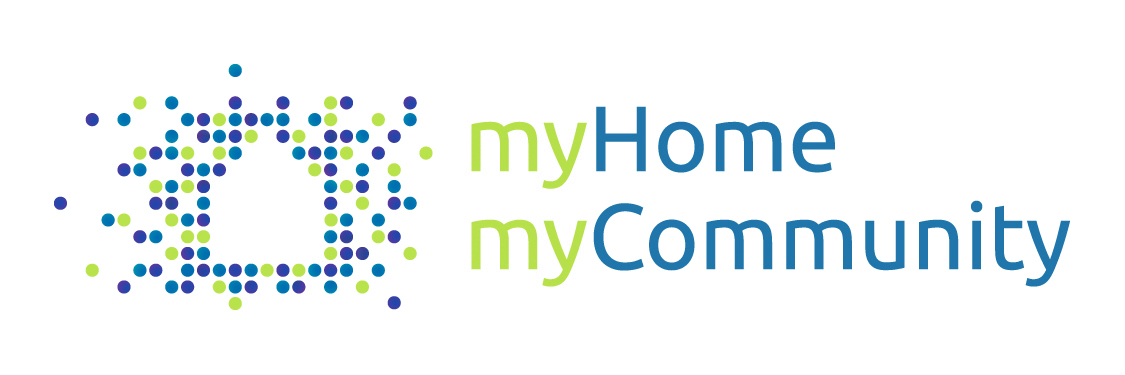Three Pathways to Inclusive Housing: Canadian examples and how to recreate them
november 2019
Through the My Home, My Community Demonstration Initiative, we’ve profiled innovative approaches to inclusive, affordable housing models that not only provide support, but also advance social inclusion for individuals with a developmental disability. Our Demonstration Initiative is about profiling what works, so it can be replicated. Although there are infinite pathways to inclusive and affordable housing for people with developmental disabilities (and none of them are perfect!), we’re sharing with you examples from Brockville, South Surrey, and Toronto where inclusive affordable housing has been created and remains successful. Each of the three models represent a different approach to creating inclusive housing:
Individual and family led solutions
Local partnership-based solutions
Repurposing resources from existing congregated setting for new inclusive options
We talked in depth to local community organizations, people with disabilities, family members, housing developers and government partners to understand what went into creating these housing solutions. We wanted to learn about:
the process used
the challenges faced
how problems were solved
the roles different groups played
what the experience was like for individuals with developmental disabilities and families, and
what elements contributed to its success
We used this information to put together roadmaps, detailed guides explaining each type of housing pathway and how it was created. These roadmaps are designed to provide the information needed to recreate these models in other communities - look for them to be shared here in early 2020. We also created videos to show what these models look like, and how they work - and we’re excited to share them with you!
Family Driven Housing Development: Brockville & District Association for Community Involvement - Legacy Homes keeps people with developmental disabilities in their communities and close to their natural network of friends and family. Watch the video to learn more about this innovative model and hear directly from families why “community living is for everyone.”
Agency Driven Housing Development: Chorus Apartments exist because of UNITI - a partnership of three non-profit organizations: Semiahmoo House Society, Peninsula Estates Housing Society, and Semiahmoo Foundation. Watch the video to hear firsthand how creative housing solutions are creating a “new normal” for people with an intellectual disability. As one mother put it, “I am so glad that we have moved from putting our children in institutions, to group homes, to homeshare – this is I think the new normal and I’m glad it’s here. I’m glad that my daughter is able to live the new normal!”
Partnership Driven Housing Development: Community Living Toronto worked with housing developers to access individual rental units that are spread out in the community and offer long-term housing security, affordability and supports for inclusion. Watch the video to learn how these housing developments are helping people developmental disabilities to create homes where they “hope to stay and not move ever again!”
